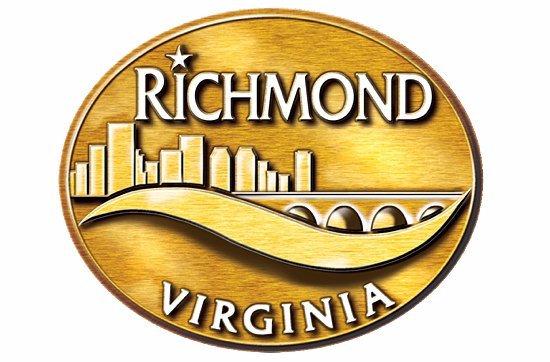Property values up in city
Jeremy M. Lazarus | 7/8/2016, 5:05 p.m.
For the third year in a row, rising property values in Richmond will put Richmond City Council on the spot when it comes to collecting property taxes from owners of real estate.
Before retiring July 1, City Assessor James Hester issued a preliminary report noting that the current value of real estate in the city — homes, apartments, commercial and industrial space — is up 3 percent compared with last year.
The increase means the city’s nine-member governing body again will have to decide whether to maintain the current tax rate of $1.20 per $100 of assessed value — equal to $1,200 for a home valued at $100,000 — or reduce it.
It doesn’t matter that the city’s current tax rate is the lowest since Richmond first imposed a tax on property in 1870 to pay for its new system of public schools. City records show the original tax was $1.25 per $100 of assessed value.
When property values are increasing, state law requires local governments automatically to roll back the tax rate to ensure taxpayers pay no more than a 1 percent increase over the previous year.
The law requires that the governing body vote if they want a higher tax rate. In each of the past two years, council has voted to keep the $1.20 tax rate, essentially raising the tax bills for those whose property values increased.
This year, the tax rate would roll back to about $1.17 per $100 of assessed value. For a property valued at $100,000, the rate would bring a tax of $1,170 — a $30 savings from the current rate.
Given that Mayor Dwight C. Jones and City Council built the new budget that went into effect July 1 on projections of higher property values, rolling back the tax rate could require spending cuts.
Every penny of the property tax yields about $2 million in revenue for the city — critical for a government that is struggling to balance its budget and is looking for more money to pay for improvements to schools and city property.
The 3 percent increase in overall values is based on the new assessments that were issued last month to the owners of the 70,236 homes , condominiums, apartment buildings and commercial and industrial properties in Richmond. The property assessments will be used to generate real estate tax bills in January 2017.
According to the preliminary report, the total value of taxable property now exceeds $21.5 billion. This is the first year that property values have surpassed the previous peak of $21.1 million in 2010 — a signal that much of the city’s real estate market has almost fully recovered from the Great Recession.
The value of property is largely based on comparative sales prices in the previous 12 months.
However, a closer review of the assessor’s report shows that the rise in property values is very uneven across the city, with property values still flat or declining in a third of the city.
For example, the new property values in the Shockoe area of Downtown collectively jumped $33 million, or nearly 17 percent, compared with last year, the largest single increase in values.
At the same time, the value of property around Virginia Commonwealth University’s academic campus in the near West End fell a collective $728,000, or 1.51 percent from last year.
Double-digit gains in value were reported in a few other neighborhoods. Portions of Church Hill were among the hottest housing markets, with an increase of 15.9 percent in value reported around Franklin Military Academy, a 14.2 percent increase reported in the East End neighborhood and a 13.96 percent increase reported in the Oakwood area.
Monument Avenue property values also surged 14.8 percent, while values in the historic Battery Court neighborhood in North Side increased 11.4 percent.
However, South Side had no neighborhoods in which double-digit increases were reported. The closest was a neighborhood labeled Manchester/Bainbridge/Blackwell North, where values increased 9.7 percent.
Overall, property value increases of 1 percent or more were reported in 60 of the 97 neighborhoods into which the assessor divides the city. Property values also barely budged — and even declined — in the remaining 37 neighborhoods.
The fact that much of the city has yet to experience growth in property values is important to the city. Fully 54 percent of the total value of taxable property in the city is tied up in residential property.
If there was one big surprise in the report, it was the assessor’s finding of a zero increase in property values in Scott’s Addition, despite the explosion in apartment development and the arrival of a host of businesses that reportedly have created one of the hottest real estate markets in the city. Scott’s Addition is the commercial and residential area that lies northwest of the Boulevard and Broad Street.
Areas that get far less mention, such as Providence Park and Sherwood Park in North Side, experienced value increases of 4.6 percent and 8.3 percent, respectively.
In some areas, there were significant declines in values. One example: Homes around George Wythe High School in South Side fell 6.5 percent in value compared with last year. However, nearby residential property bordering Forest Hill Park increased 6.5 percent in value.
Sometimes adjacent neighborhoods had far different results. For example, the neighborhood around Ann Hardy Park in the Highland Park community had a 6.7 percent increase in value, while property in the Highland Park-North neighborhood that is closer to the Henrico County line increased in value by a negligible one-tenth of 1 percent.
The report also noted that the assessed value of apartment buildings was generally up in the city, while the assessed value of condominiums remained relatively flat.







